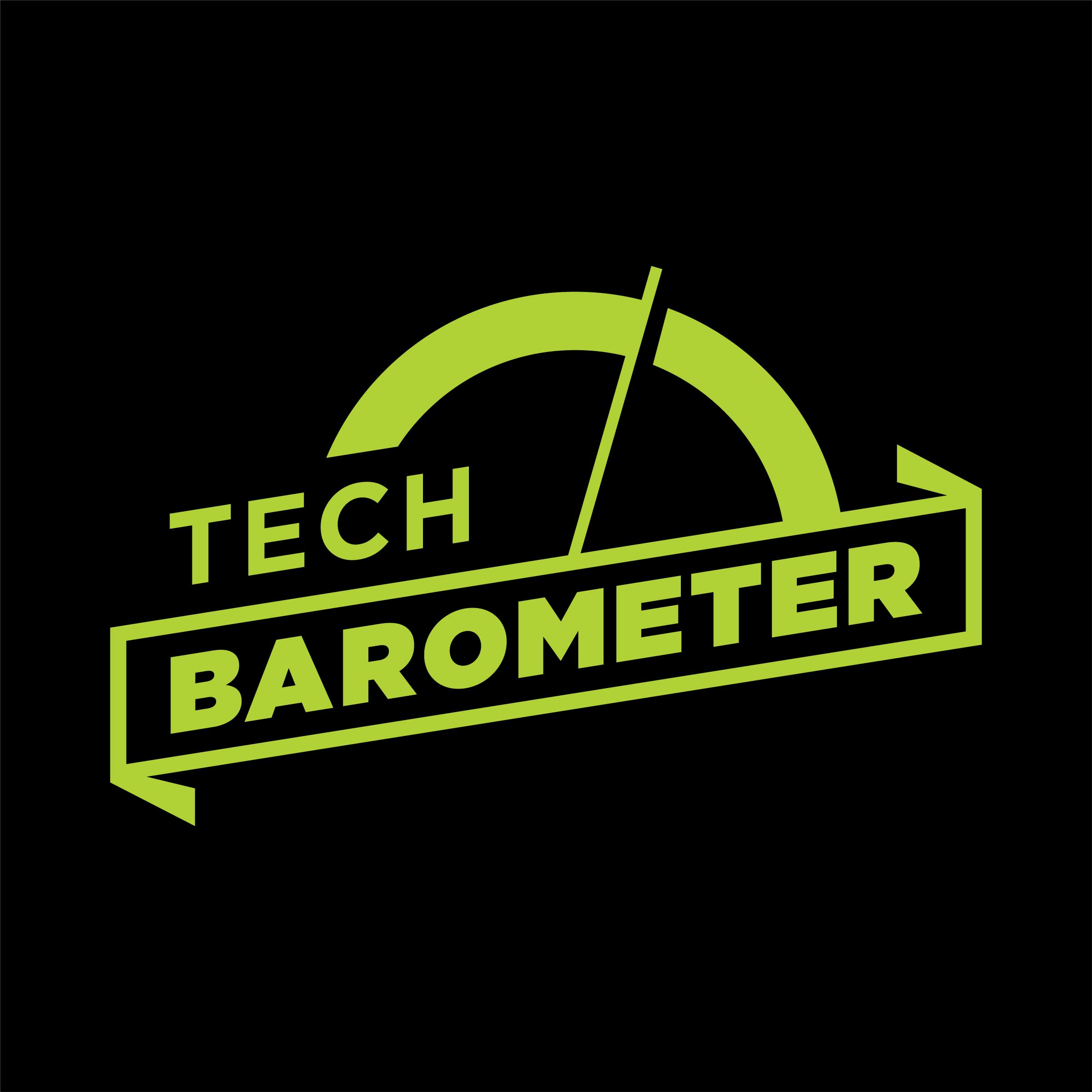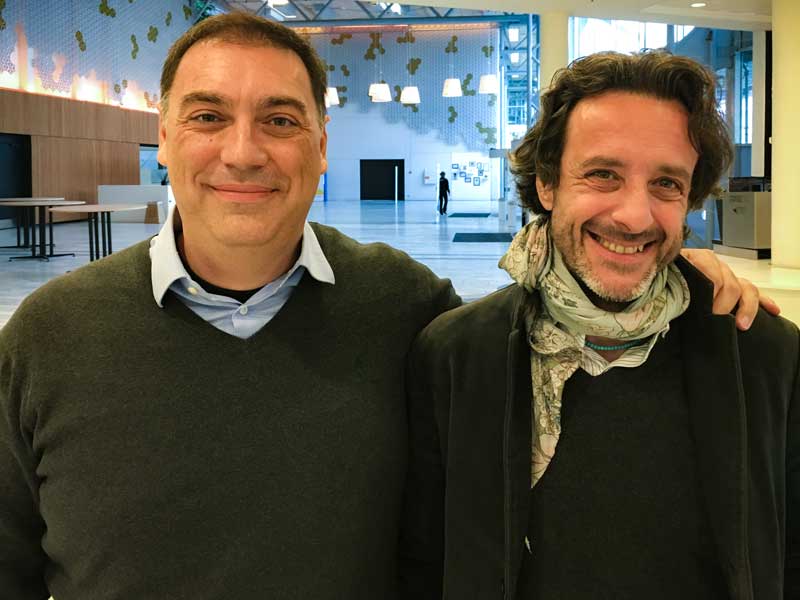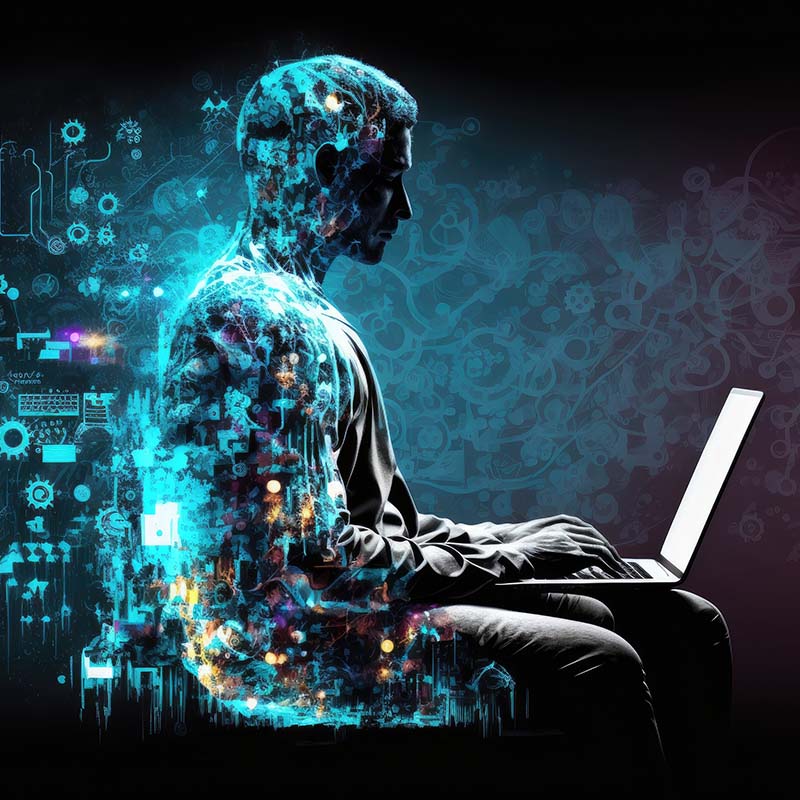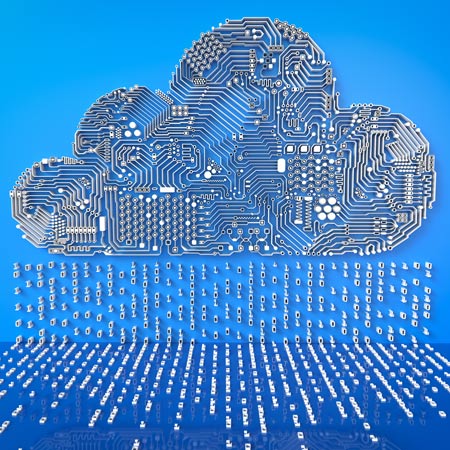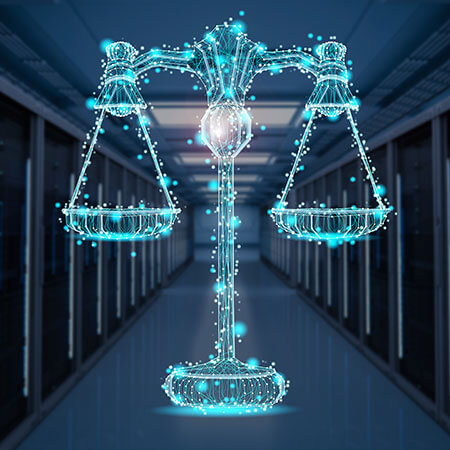To most people outside the country, Italy evokes the delight of pizza, pasta and mandolino. But for Alberto Filisetti and Christian Turcati, their country, which is steeped in tradition with a diverse mix of regional dialects and cultures, is a place where change doesn’t come easy.
Before the devastating coronavirus hit Italy, Filisetti and Turcati spent five years helping businesses and organizations modernize their IT with enterprise cloud technologies. They started out as two guys driving demo gear to potential customers. They drove to far-away regions up, down and across Italy. Soon, the Nutanix Italy Country Manager and Senior Manager of Systems Engineering were so successful that they built a team that is accelerating the digital transformation of hundreds of businesses and organizations in the country.
“We are just scratching the surface,” said Filisetti, who at a very young age knew he wanted to be a technology salesman.
Filisetti started at Nutanix in 2014 as a contractor. He was alone in Italy, a one-man band with a truly mobile office: his car.
“It was not easy,” Filisetti recalled, “We had no office in Milan or Rome.”
Five years later, Filisetti and Turcati built a strong presence throughout the Italian peninsula. There’s uncertainty about how things will change after the country recovers from the COVID-19 tragedy, but these two resilient and affable men will rely on their customer-first modus operandi to help companies and organizations embrace a software-defined future.
“It will be a challenge because we're used to running out to visit a customer, have face to face meetings, lunch, dinner, but now we'll find other ways to stay connected,” said Turcati, reacting to how COVID kept everyone home for an extended period. “It's in our DNA to build trusted relationships.”

